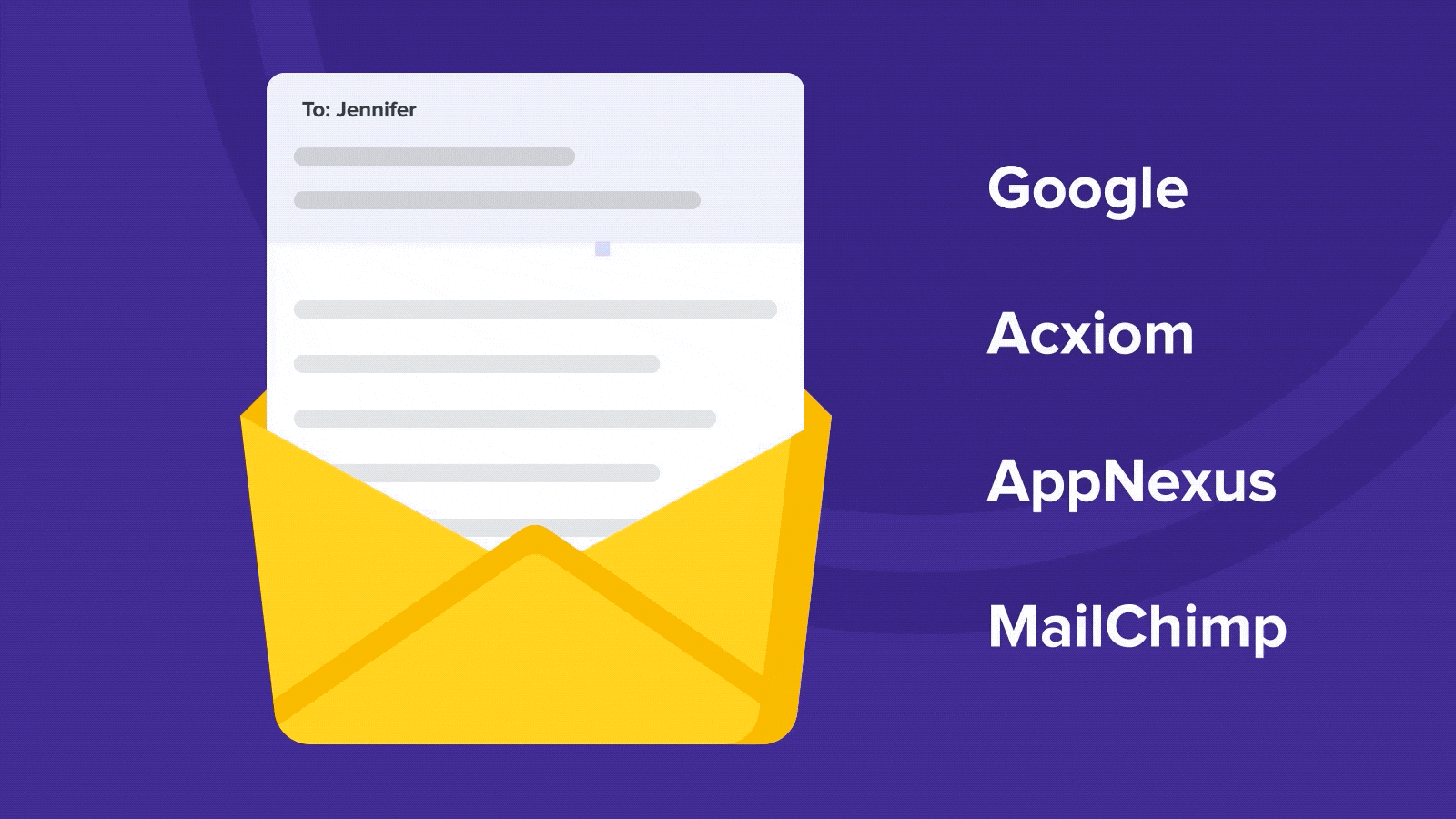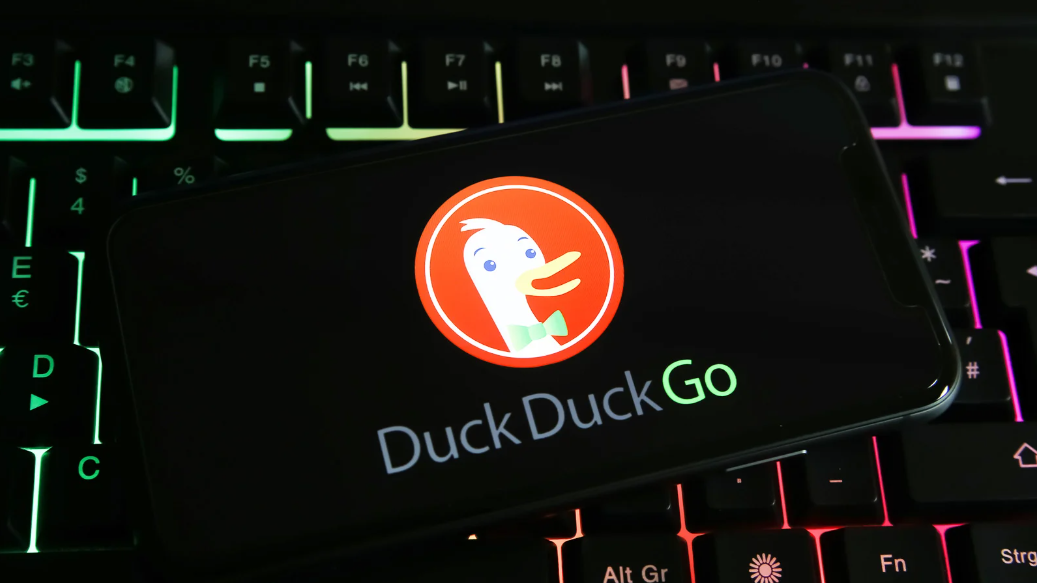DuckDuckGo has opened its ‘Email Protection’ service to anyone wishing to get their own ‘@duck.com’ email address.
The free service was launched as a closed beta in July 2021, and while it’s still in beta, the internet company felt confident that it was time to make it widely available to the public.
At the same time, DuckDuckGo introduces new features that enhance the email service’s anti-tracking system, a direct reply function, and smart encryption for embedded links.
What is Email Protection
Email Protection is DuckDuckGo’s dedicated email forwarding solution that strips emails from advertising and profiling trackers before they land in the user’s regular inbox.
Upon receiving the emails, the users will also see a short report of how many trackers were removed, which companies were responsible for their injection, and more.
DuckDuckGo reports running the beta program for a year revealed that over 85% of all emails on the tester’s communications contained trackers.

The service can be used without having to migrate to the Duck email address, although a unique ‘@duck.com’ address is still allocated to users.
Moreover, Email Protection can provide users with unlimited disposable private addresses to use on sites that constitute high spam risk and be deactivated if the spamming gets out of control.
Disposable addresses can also be used to minimize the consequences of data breaches and exposure.
Messages passing through the service aren’t stored by the vendor, while the little account and forwarding information kept for operational reasons is deleted within 30 days after the account’s closure.
New features as part of release
With the opening up of the beta to everyone, DuckDuckGo also introduced new features and improvements.
First, DuckDuckGo expanded the tracker blocking feature to include links, in addition to scripts, images, and other media. For example, advertisers and phishing kits commonly use link trackers to track what URLs are clicked.
Secondly, a new ‘Smart Encryption’ system automatically points users who click on embedded links to the HTTPS version of the target site, even if the email author used HTTP.

The third addition is the ability to send or reply from Duck addresses, which could be helpful in cases where sender anonymity is called for.
Finally, DuckDuckGo has added a user-friendly dashboard for quickly configuring forwarding addresses, making on-the-fly changes, managing account settings, and more.

To sign-up for DuckDuckGo Email Protection, install the browser extension, activate it, and head to “duckduckgo.com/email” to register for a new account.
If you’re on mobile, you can install the latest version of the app for Android or iOS, launch it, navigate to Settings, and select Email Protection.






























You must be logged in to post a comment Login